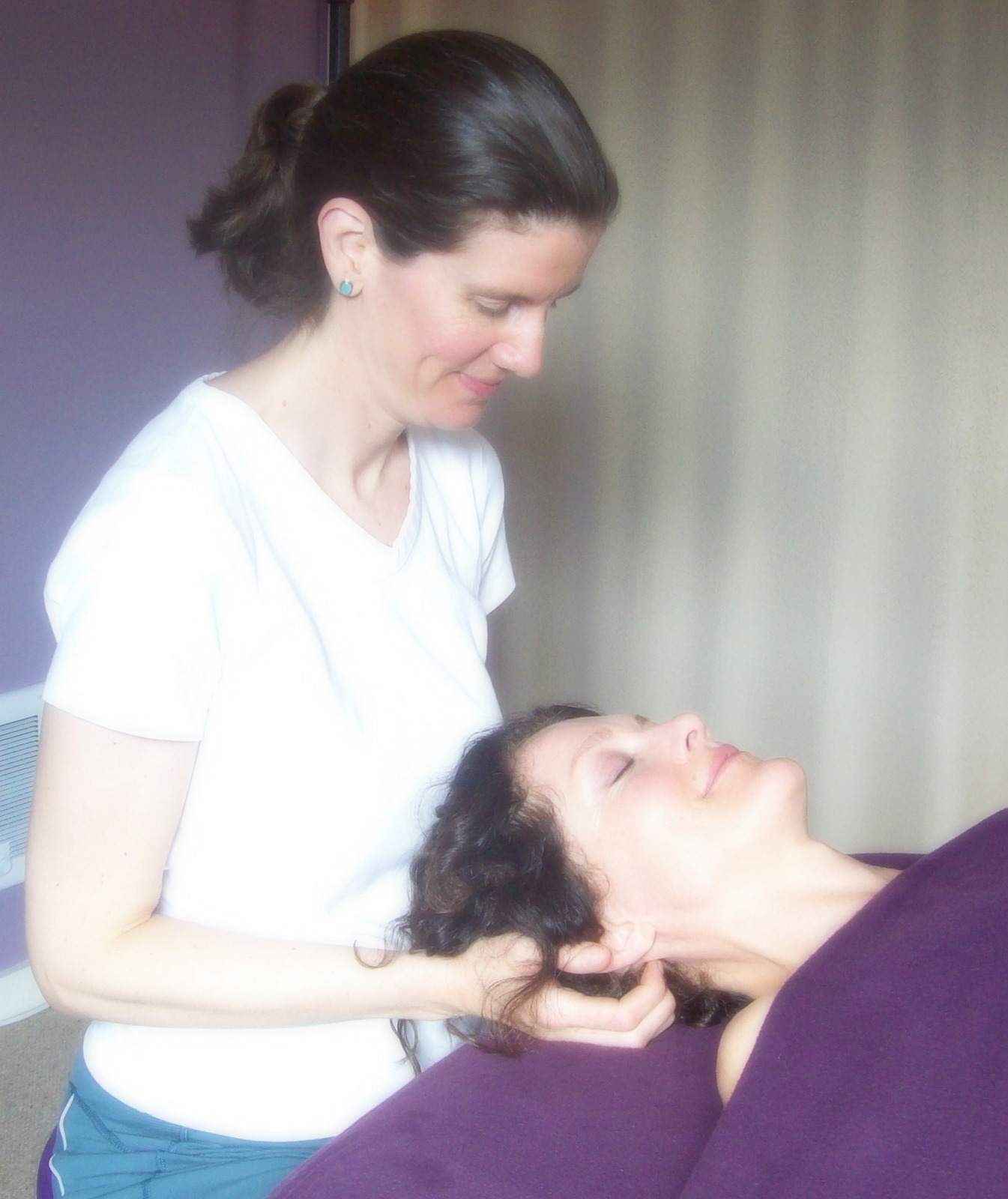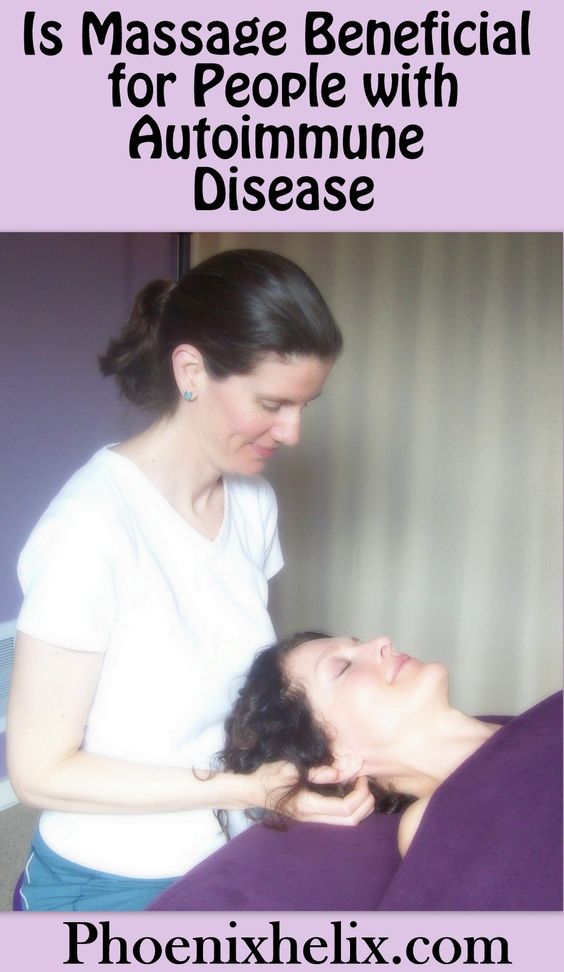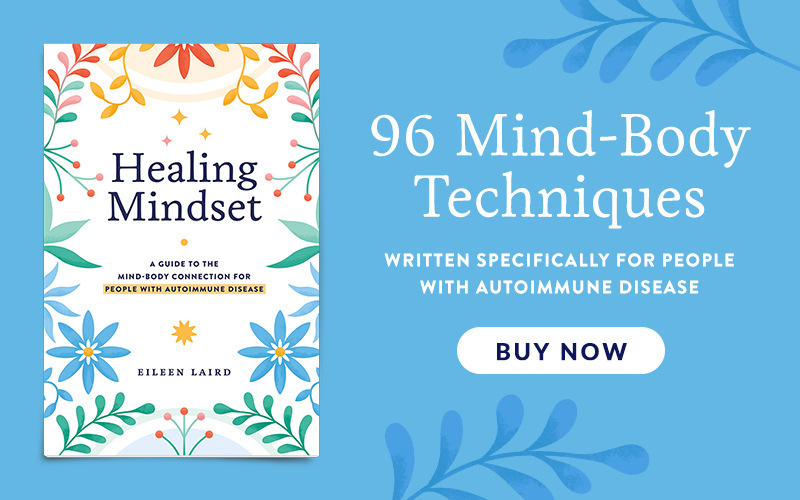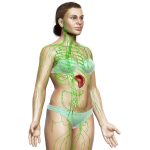
“Massage has had a positive effect on every medical condition we’ve looked at.”
~ Dr. Tiffany Field, Director of the Touch Research Institute
What Does the Research Say?
The Touch Research Institute (TRI) at the University of Miami School of Medicine, has been studying the benefits of massage therapy since 1992 on a variety of health conditions. The most common benefits they have found are a reduction in pain, tension, anxiety, depression, blood pressure and cortisol levels (our stress hormone). Massage therapy also increases dopamine (the pleasure hormone). That’s a pretty impressive list. Already you can see how massage might alleviate symptoms common across many autoimmune diagnoses. But TRI also did some studies specific to certain health conditions:
- For children with juvenile rheumatoid arthritis, massage decreased anxiety, pain and cortisol levels.
- For adults with rheumatoid arthritis, massage decreased pain, improved grip strength and increased joint range of motion.
- For people with multiple sclerosis, massage lowered anxiety, depression and pain, while improving balance, walking speed, body image, and function.
- For people with fibromyalgia, massage lowered depression, anxiety, pain, stiffness, fatigue and cortisol levels, while simultaneously improving sleep.
- TRI also conducted a study into the effect of massage therapy on the inflammatory cytokines interleukin-6 (IL-6) and tumor necrosis factor-a (TNF-a). If that suddenly sounded like a foreign language to you, all you need to know is that both IL-6 and TNF-a are often involved in autoimmune disease. They increase inflammation and overstimulate our immune system. In fact, many immunosuppressant drugs target these pathways as a way to treat autoimmune disease. For example, Remicade suppresses TNF-a, and Actemra suppresses IL-6. It turns out massage therapy also has a suppressive effect on TNF-a and IL-6.
- You can find all of these studies on TRI’s website.
So, now that we know research supports massage for people with autoimmune disease, what type of massage is best? It totally depends on the individual. There are hundreds of varieties of massage and bodywork. I can’t possibly name them all, but I’ve chosen four categories I think are particularly beneficial. Bodywork encompasses a large field beyond the typical Swedish Massage most people think of when they hear the word. I’ve worked as a bodyworker for 15 years. (That’s me in the picture above). I have both professional knowledge as a therapist and personal knowledge as a client who has experienced a wide variety of techniques myself. My goal is to help you find the ideal therapy for you.
Muscle Focus
Traditional massage therapy, like Swedish Massage, focuses primarily on relieving muscle tension. It’s also known as Relaxation Massage for this reason, and it incorporates long gliding strokes with kneading of muscles to relax tension. But there are other techniques that effectively relieve muscle tension as well, and depending on your body’s needs, one might be more effective than another. Trigger Point Therapy focuses on magic spots in our muscles, that once pressed, release tension throughout the muscle fibers, relieving pain not just locally but in referred pain zones throughout the body. Deep Tissue Therapy is a maximum-pressure massage, where the therapist uses their elbows and forearms to delve deeply into muscle tissues. Hot Stone Therapy is a spa technique that combines relaxation massage with heat therapy. Aromatherapy Massage combines the benefits of essential oils with relaxation massage. You also might see Integrative Massage listed on the service menu. Massage therapists continue to receive training throughout their careers, and this offering allows them to blend all they have learned into one healing session.
Fascia Focus
Fascia is a web of tissue that connects everything in our body: skin, muscles, bones, vessels and organs. If there is an imbalance in this tissue, it can cause restrictions throughout the body. Myofascial Release focuses on releasing fascial pulls and restoring balance bodywide. Just like massage, pressure used can vary greatly. Rolfing is a deep pressure technique, designed to take place over 10 sessions, that completely realigns our posture. The John Barnes Method is a very light touch technique, designed to help the body let go of myofascial tension effortlessly; often trapped emotions are released at the same time.
Energy Focus
This is a broad area, because there are so many ways of working with the energy of the human body. Reiki is often done “off the body” with the hands held over certain energy centers as the client lies on the table. Ayurvedic techniques focus on doshas, and use a variety of oils, herbs and massage techniques to balance those energies. Shiatsu uses pressure points to stimulate the release of stagnation along the meridians; benefits are similar to acupuncture, but no needles are used. Sound Healing uses tuning forks, singing bowls and other instruments to release vibrations along those same meridians. And sometimes bodyworkers will simply advertise “Energy Work” and use a blend of intuition and varied techniques to balance the energy fields as needed.
Lymph Focus
The lymphatic system is an important part of our immune system, and its primary purpose is to help our body detoxify and maintain a healthy state. Most people with autoimmune disease have impaired detoxification abilities, so I have found Lymph Drainage to be especially beneficial to myself and my autoimmune clients. It’s a gentle technique where the skin is stretched in rhythmic movements, manually pumping the lymphatic fluid in the vessels located directly beneath the skin. Once these vessels are stimulated, they keep processing lymph at a higher rate for the next 24 hours. If you’re used to deep massage, you might think the touch is too light to be effective. But with this modality, the lighter the touch, the stronger its effects. It’s profoundly relaxing and reduces pain, inflammation, muscle tension, and swelling, while also boosting the body’s natural detoxification ability. The key here is to find a skilled practitioner. Many massage therapists advertise “lymphatic massage” who haven’t been trained. Check The Chikly Institute or Dr. Vodder School for a skilled practitioner near you.
Finding a Good Practitioner
After seeing the variety of massage and bodywork therapies listed above, and knowing there are many more I haven’t listed, you might feel overwhelmed by choices. Where to begin?
- You want someone with at least a few years’ experience, ideally working with people with complex medical issues. Some people even advertise “medical massage” for this niche. While we’re all on budgets, I don’t think this is the time to bargain-hunt. You don’t want someone fresh out of school, who is working in a setting that requires long hours with few breaks. They won’t have time to assess you appropriately, nor the knowledge to personalize the session to your needs.
- Beware of practitioners who claim to specialize in everything. You’ve heard the saying: “Jack of all trades, master of none.” It’s absolutely true. Each bodywork specialty requires years of training and experience to truly master. If someone claims 10 specialties, they are unlikely to excel in any of them. Choose someone who focuses on just one or a few techniques.
- How do you choose a type of bodywork to try? Look at the list above and see which ones appeal to you. Then find out if they are offered in your hometown, and check the practitioner’s credentials. Also, ask friends, family and colleagues who they recommend. It’s especially helpful if you get a referral from someone with your same diagnosis or similar symptoms.
- In the end, finding the best bodyworker for you is similar to finding any good medical professional. It requires a little research and some sample appointments, until you find the best fit for you. For a complete list of modalities, check out Massagetherapy.com’s Glossary.
Can a Massage or Bodywork Session Make You Feel Worse?
Obviously, this isn’t the desired outcome, but yes, sometimes this can happen. People with autoimmune disease have sensitive bodies, and we might respond to bodywork in unpredictable ways. Some people feel good immediately afterward, but then have increased inflammation the next day. Others find themselves feeling exhausted after treatment, sometimes even feeling flu-like symptoms. This doesn’t happen to everyone, but we don’t want it to happen at all. How can we prevent it?
- First, keep in mind that deeper pressure isn’t necessarily more beneficial. Sometimes the lightest touch techniques, in the hands of a skilled practitioner, can provide the most profound benefits, particularly if you are carrying a lot of inflammation.
- Second, speak up for yourself. “No pain no gain” doesn’t apply here. If anything feels uncomfortable during a bodywork session, tell your therapist immediately. Don’t be afraid to ask for what you need.
- Third, if you are new to bodywork or experimenting with different types, I recommend 30 minute sessions to start. It lets you sample a technique to see if you like it, and also evaluate your body’s response. Once you find a technique that your body loves, you can increase the time of your sessions.
- Fourth, plan some self-care after a massage or bodywork session: avoid strenuous activity, drink lots of water, and do something to support your body’s natural detox pathways, like taking an Epsom salt bath. This has the double benefit of extending the relaxation, while support the healing potential of your massage.
You May Also Be Interested In
A version of this post originally appeared in my column in Paleo Magazine.










Self-care is also important. Thanks for your blog
You’re welcome!
You can also find a lymphatic drainage therapist through Chiklyinstitute.com
Thanks, Sandy! Originally, Chikly used IAHE for their practitioner directory, but I’ve updated the link to go directly to The Chikly Institute now. That’s actually where I was trained.
How much does body weight affect the ability of the practitioner to do a good massage? I had an excellent masseuse, who I went to for years for myofascial massage for fibro. She eased me out of the practice after I got a secondary illness and I gained weight from being on steroids. I’m 5’2″ and just shy of 300lbs. The massage helped loads but now I’m nervous about finding a new provider and embarrassed about my weight. Due to my illness, I’m not going to lose weight any time soon. Any suggestions or advice would be wonderful.
I think any body, regardless of size, can benefit from therapeutic bodywork. There will be some adaptations the therapist will need to make ergonomically, so it might be a good idea to contact them in advance to talk about your needs. I think it’s worth the effort though, especially since you’ve experienced benefit in the past. You deserve therapeutic comfort just as much as anyone else!
Thank you so much for the link to lymphatic self-massage which I will print out the next time I go to town and the library. During times when I am exhausted it is very helpful to have something I can do at home, for myself, easily.
You’re welcome, Quinn. I do that on myself at least once/week.
Thank you for such a timely post. I have PsA and had been wondering about whether some sort of massage may be good for me, but not really knowing where to start. After reading this, I think I’m going to ask around for a recommendation for someone experience in lymph drainage and take it from there. Thank you!
Wonderful, Sarah! May you find that therapy as beneficial as I do!